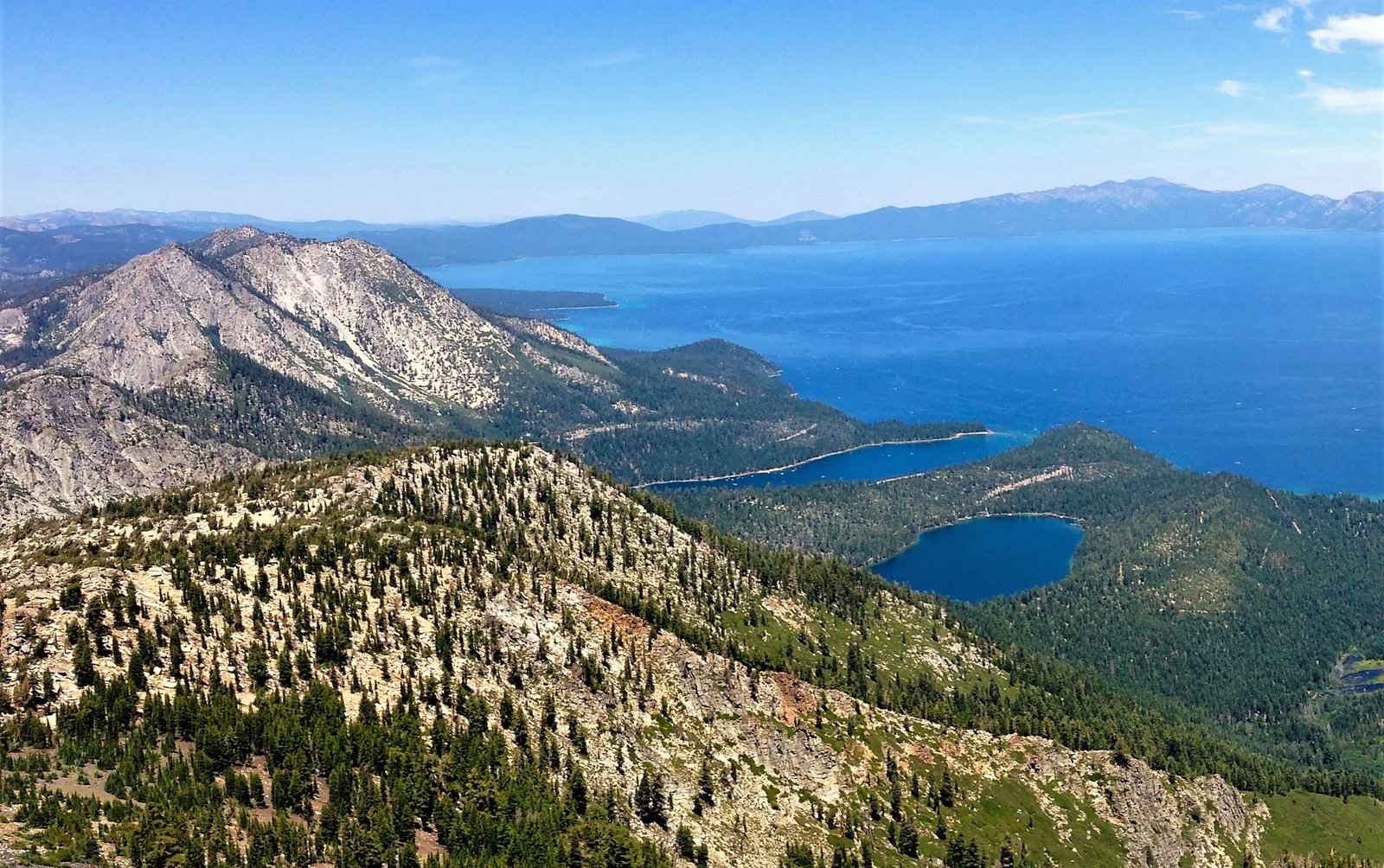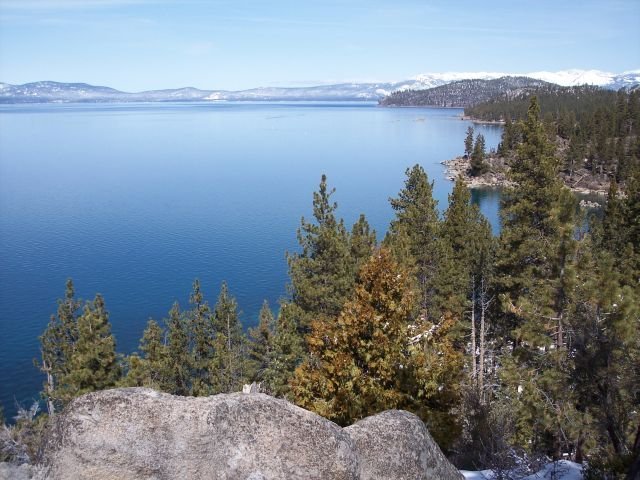Lake Tahoe, renowned for its stunning beauty and world-class ski resorts, experiences significant snowfall from November to May. The region’s snow patterns vary greatly by month, with March typically being the snowiest. Average annual snowfall at Lake Tahoe ski resorts ranges from 250-300 inches, with some areas receiving over 400 inches. This guide provides a detailed breakdown of Lake Tahoe snow by month, offering insights into snowfall averages, snow depth, and conditions throughout the winter season.
What Are the Average Snowfall Amounts for Lake Tahoe by Month?

Lake Tahoe’s snowfall varies significantly throughout the winter season. Here’s a monthly breakdown of average snowfall:
- November: 49.7 inches
- December: 75 inches
- January: 68 inches
- February: 72 inches
- March: 74 inches
- April: 30 inches
- May: 11 inches
It’s important to note that these are averages, and actual snowfall can vary greatly from year to year. For instance, January 2017 saw an exceptional 238 inches of snow, far above the average.
How Does Snow Depth Change Throughout the Season in Lake Tahoe?

Snow depth in Lake Tahoe follows a general pattern, but can vary based on specific location and yearly conditions:
- November: Snow base begins to form, but may be limited
- December: Snow base builds up significantly
- January-February: Snow depth increases, providing excellent skiing conditions
- March: Often sees the highest snow depths due to heavy snowfall
- April: Snow depth begins to decrease, but still maintains good skiing conditions
- May: Snow depth significantly reduced, though some areas may still have skiable terrain
What Are the Typical Snow Conditions for Each Month in Lake Tahoe?
Snow conditions in Lake Tahoe change throughout the season:
| Month | Snow Conditions |
|---|---|
| November | Variable, early season conditions |
| December | Improving conditions, powdery snow |
| January | Dry, fluffy snow, potential for extreme snowfall |
| February | Excellent conditions, dry and powdery snow |
| March | Heavy snowfall, ideal for spring skiing |
| April | Softer, spring-like snow |
| May | Variable conditions, reduced snow base |
How Does Lake Tahoe’s Snowfall Compare Year-over-Year?
Lake Tahoe’s snowfall can vary significantly from one year to the next. For example:
- The 2022-23 season was the second snowiest on record
- Kirkwood resort recorded 716 inches of snow in the 2022-23 season
- Annual averages range from 250-300 inches at most resorts
- Some resorts like Sierra-at-Tahoe and Palisades Tahoe average over 400 inches annually
What Are Some Notable Snow Events in Lake Tahoe’s History?
Lake Tahoe has experienced several remarkable snow events:
- ‘Snowmaggedon’ of January 2017: 238 inches of snow fell in a single month
- March storms: Some years have seen over 137 inches of snow in March alone
- Extended seasons: In exceptional years, some resorts have remained open into May or even July
How Does Lake Tahoe’s Snowfall Affect Skiing and Snowboarding Conditions?
The snowfall in Lake Tahoe directly impacts skiing and snowboarding conditions:
- Early Season (November-December): Conditions can be variable, with limited trail openings
- Peak Season (January-March): Excellent conditions with deep snow bases and frequent powder days
- Spring Season (April-May): Softer snow and warmer temperatures, ideal for spring skiing events
What Should Visitors Expect for Snow Conditions When Planning a Trip to Lake Tahoe?
When planning a trip to Lake Tahoe, consider the following:
- Peak snowfall typically occurs from December through March
- March is statistically the snowiest month
- Spring skiing can offer excellent conditions and warmer weather
- Check resort-specific snow reports for the most accurate information
- Be prepared for potential extreme weather events, especially in January and March
Remember that while averages provide a general guide, actual conditions can vary. Always check current snow reports and weather forecasts when planning your Lake Tahoe winter adventure.

